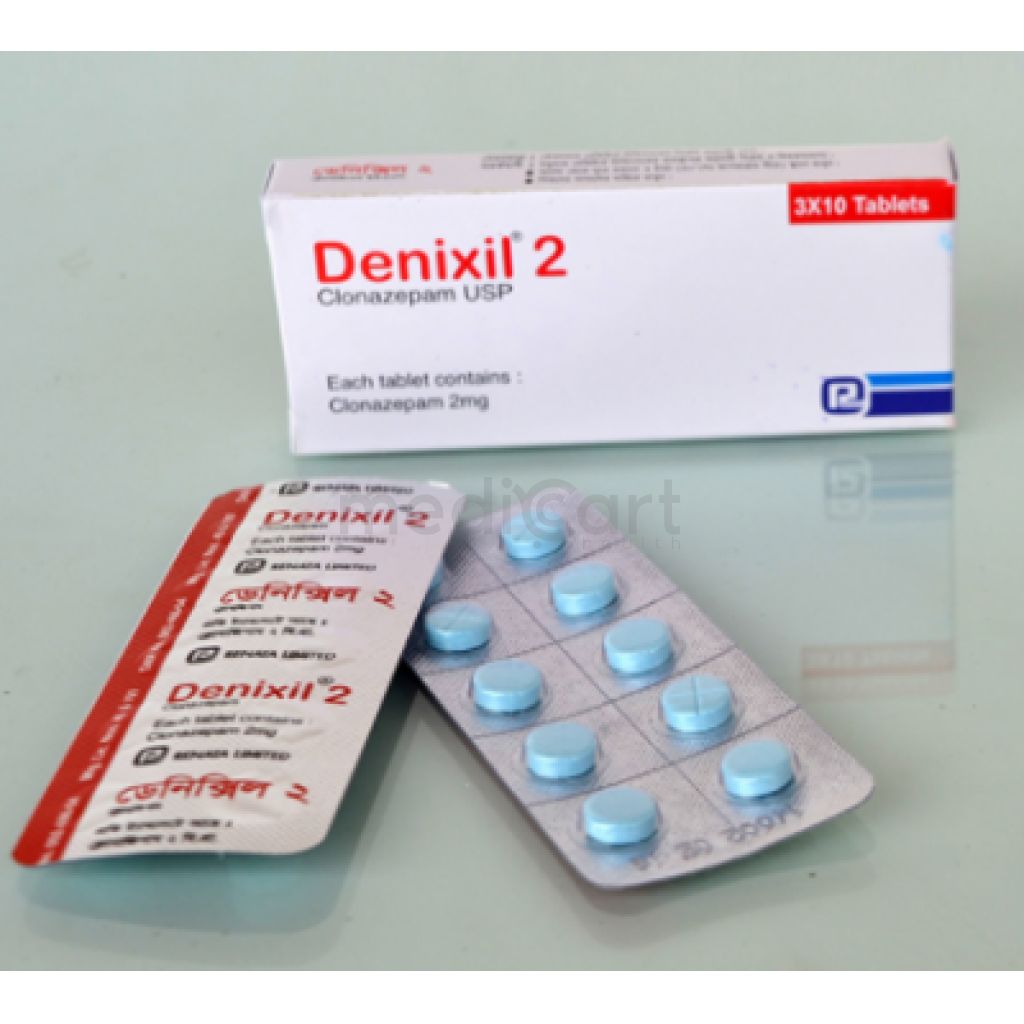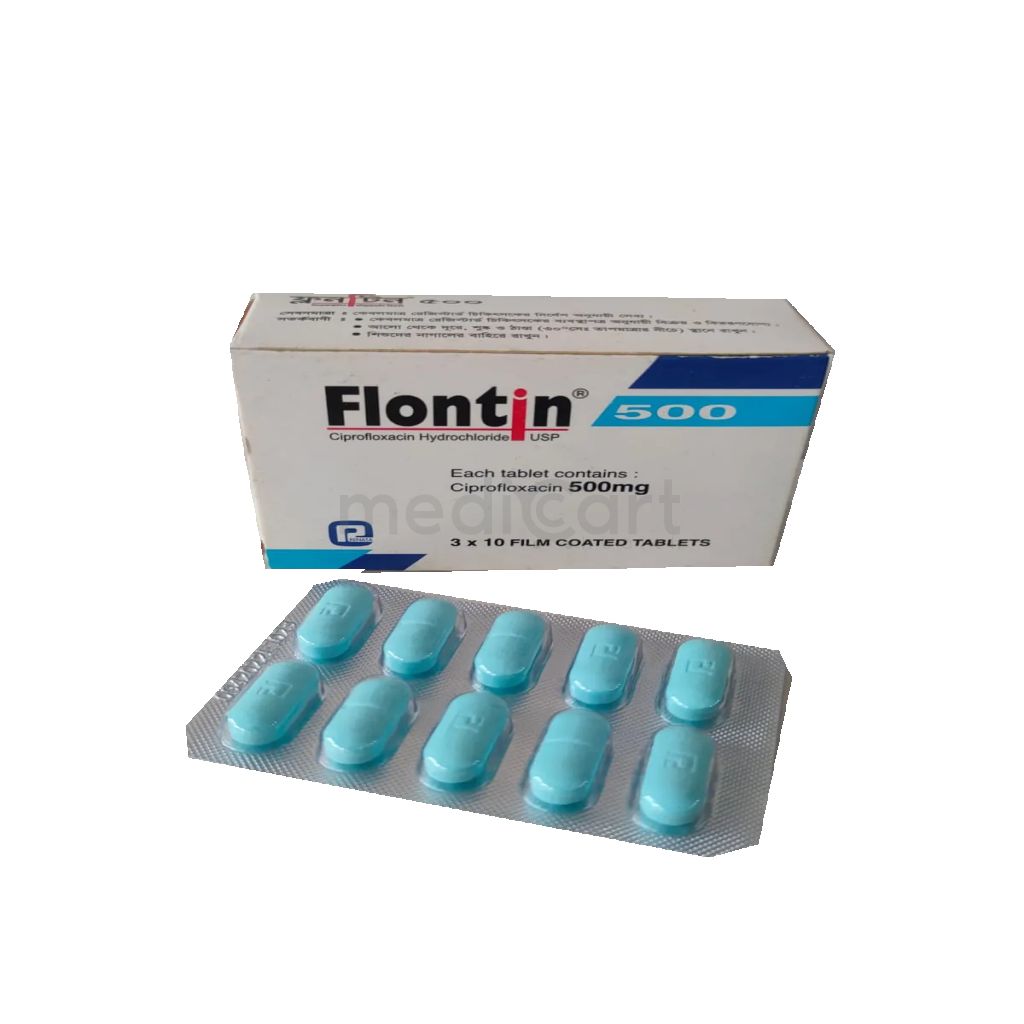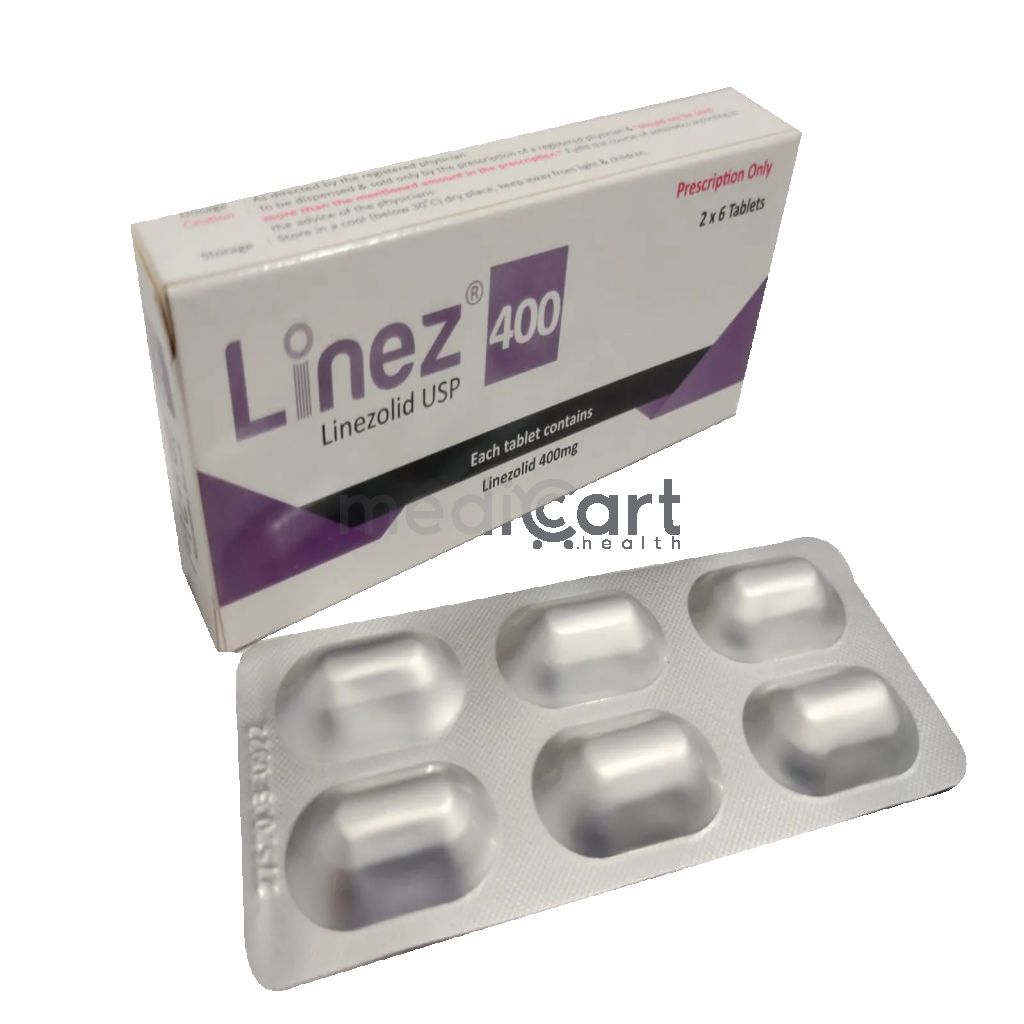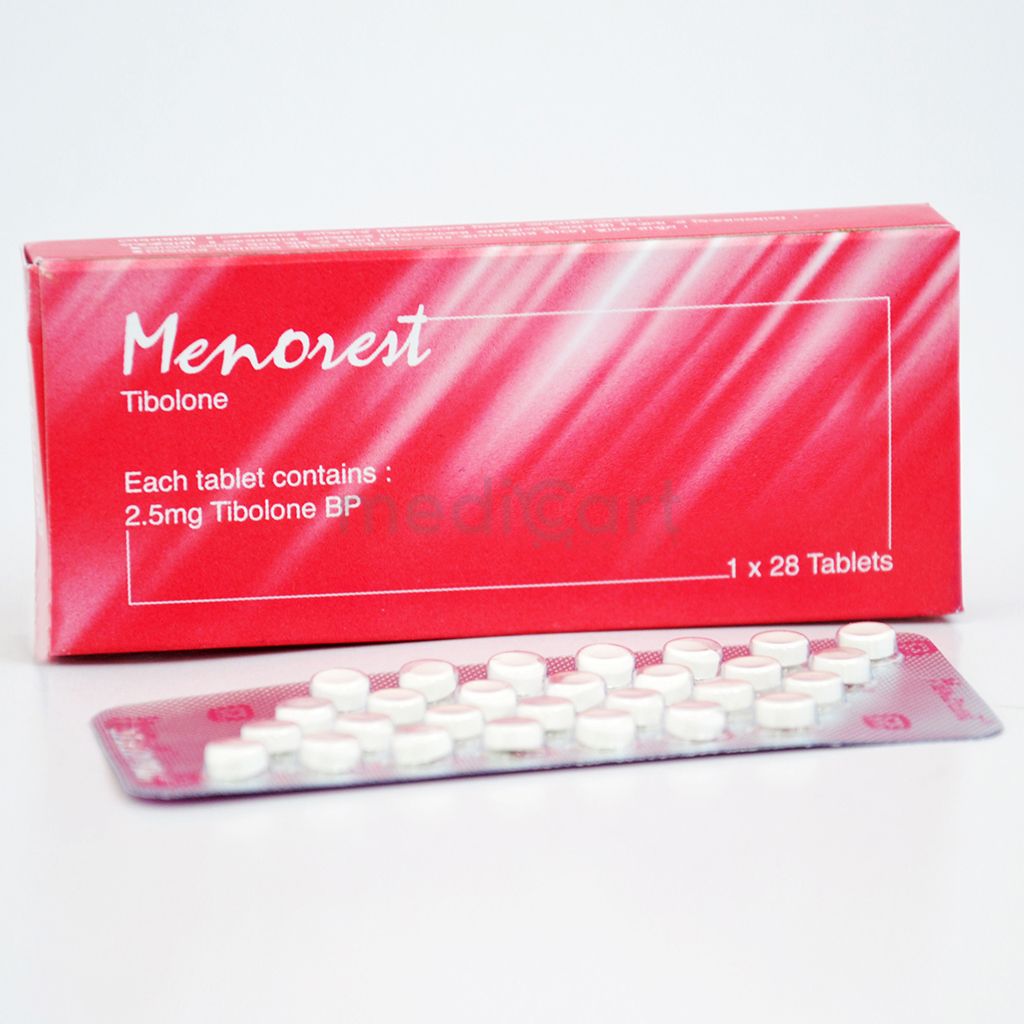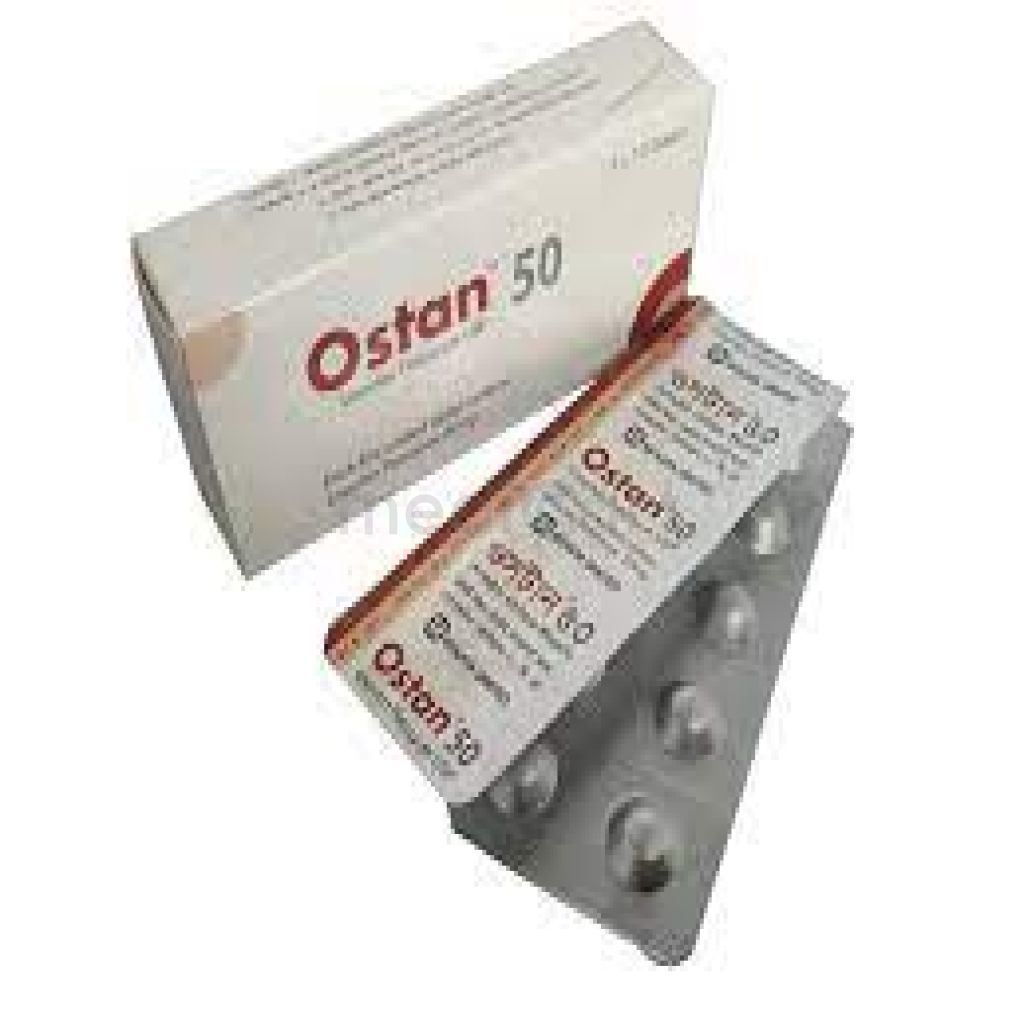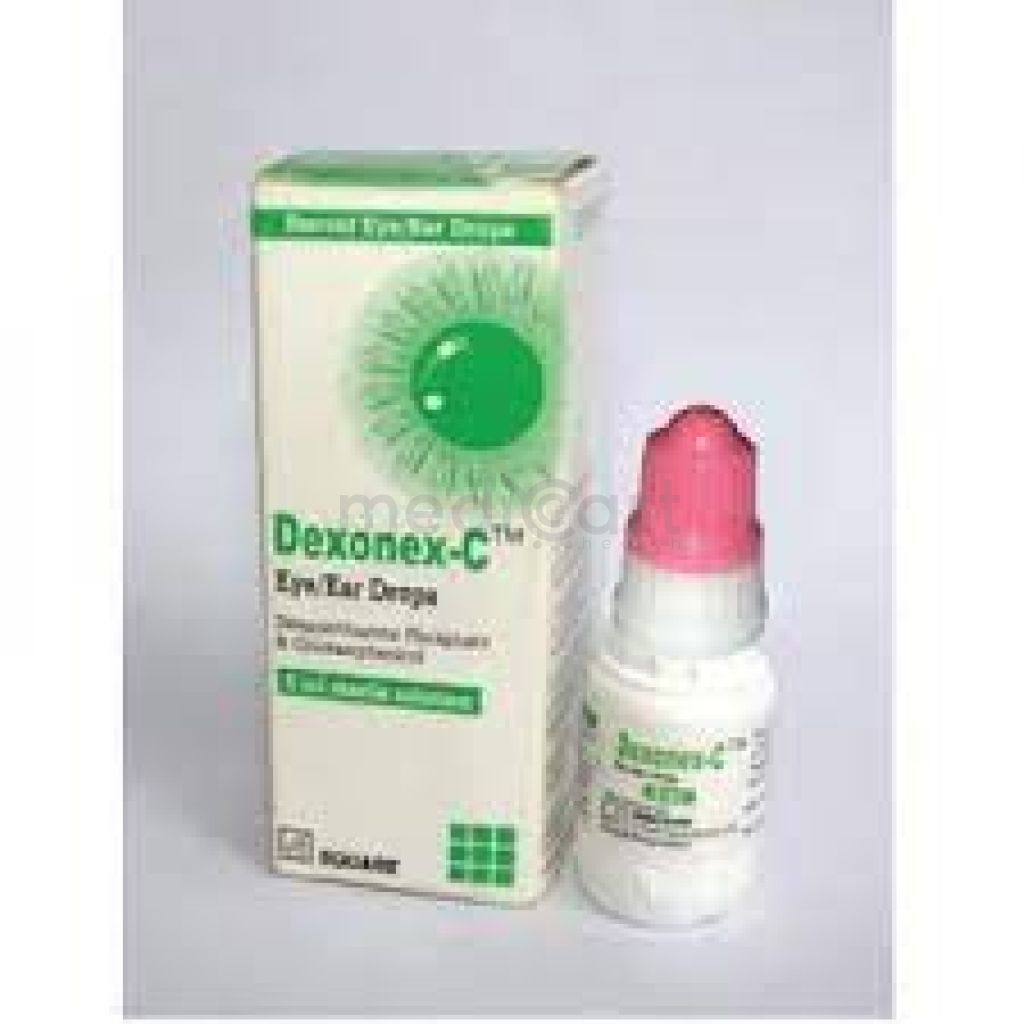

Mantadin - 100 mg
Capsule
Pack Size :
14 Capsule x 1 Strip
Generics :
Renata Limited
Manufacturer :
Renata Limited
Best Price *
TK
140.00
* Delivery will be done in Dhaka city only.
More Information About - Mantadin - 100 mg
Description
Generic Name
Amantadine HydrochloridePrecaution
Patients with CV or liver disease, impaired renal function, recurrent eczema. Elderly. Withdrawal of the drug should be gradual. Lactation: Drug enters breast milk; not recommendedIndication
Parkinson's disease, Influenza, herpes zoster, drug-induced extrapyramidal reactionsContra Indication
Hypersensitivity. Pregnancy and lactation. Epilepsy or other seizure disorders, severe renal impairment and gastric ulceration.Dose
N/ASide Effect
1-10% Agitation,Anorexia,Anxiety,Ataxia,Confusion,Constipation,Depression,Diarrhea,Dizziness,Dream abnormality,Dry nose,Fatigue,Hallucinations,Headache,Insomnia,Irritability,Livedo reticularis,Nausea,Nervousness,Orthostatic hypotension,Peripheral edema,Somnolence,Xerostomia <1% Amnesia,CHF,Decreased libido,Dyspnea,Eczematoid dermatitis,Euphoria,Hyperkinesis,Hypertension,Instances of convulsions,Leukopenia,Neutropenia,Oculogyric episodes,Psychosis,Rash,Slurred speech,Urinary retention,Visual disturbances,Vomiting,Weakness Potentially Fatal: Congestive heart failure, convulsions.Pregnancy Category
Name : Not Classified
Description
FDA has not yet classified the drug into a specified pregnancy category.Mode of Action
Amantadine is a weak dopamine agonist possessing antimuscarinic properties. It alters dopamine release and re-uptake. It also noncompetitively antagonises N-methyl-D-aspartate. As an antiviral drug, it inhibits replication of influenza type A virus.Interaction
Enhances the adverse effects of antimuscarinics and levodopa. CNS stimulants, drugs that raise urinary pH. The concurrent use of Amantadine hydrochloride with live attenuated influenza vaccine (LAIV) intranasal has not been evaluated.Pregnancy Category Note
Pregnancy No adequate data on developmental risk associated with amantadine use in pregnant women; animal studies suggest a potential risk for fetal harm with amantadine; in mice and rats, adverse developmental effects (embryo lethality, increased incidence of malformations, and reduced fetal body weight) were observed when amantadine was administered to pregnant animals at clinically relevant doses In mice, oral administration of amantadine (0, 10, or 40 mg/kg/day) to pregnant animals during organogenesis (gestation days 7-12) resulted in embryo lethality and reduced fetal body weight at highest dose tested, which was associated with maternal toxicity; the no-effect dose for developmental toxicity in mice (10 mg/kg/day) is less than the recommended human dose (RHD) of 274 mg/day, based on body surface area (mg/m?) Lactation Amantadine is excreted into human milk, but amounts have not been quantified; there is no information on the risk to a breastfed infant; amantadine may alter breast milk production or excretion In published studies, amantadine reduced serum prolactin levels and symptoms of galactorrhea in patients taking neuroleptic drugs; the effect of amantadine on milk supply has not been evaluated in nursing mothersAdult Dose
Adult: PO Influenza A 100 mg/day for 5 days. Prophylaxis of influenza A 100 mg/day for up to 6 wk. W/ influenza vaccination: up to 3 wk after vaccination. Elderly: >65 yr: Daily dose of <100 mg or 100 mg given at intervals >1 day. Herpes zoster 100 mg twice daily for 14 days, may continue for another 14 days if pain persists. Parkinson's disease100 mg/day, up to 100 mg twice daily 1 wk or more. Max: 400 mg/day.Child Dose
Oral Influenza A treatment Child: 1-9 years or <40 kg (any age): 5 mg/kg/day PO in single dose or divided q12 hr; not to exceed 150 mg/day >10 years and <40 kg: 5 mg/kg/day PO divided q12hr >10 years and >40 kg: 100 mg PO q12hr NOTE: Because of resistance, amantadine is no longer recommended for prophylaxis or treatment of influenza ARenal Dose
Renal impairment: CrCl (ml/min) >35 100 mg daily. 15-35 100 mg every 2-3 days. <15 Not recommended.Administration
Should be taken with food.Disclaimer
The information provided herein are for informational purposes only and not intended to be a substitute for professional medical advice, diagnosis, or treatment. Please note that this information should not be treated as a replacement for physical medical consultation or advice. Great effort has been placed to provide accurate and comprehensive data. However, Medicart along with its authors and editors make no representations or warranties and specifically disclaim all liability for any medical information provided on the site. The absence of any information and/or warning to any drug shall not be considered and assumed as an implied assurance of the Company.

